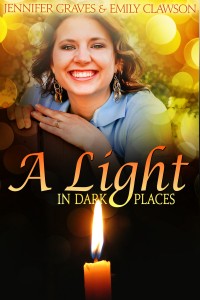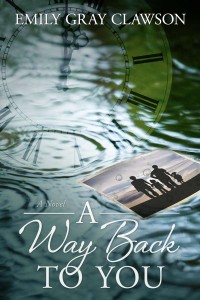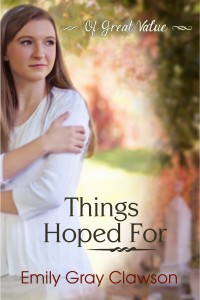On creativity
 I’ve been thinking a lot recently about the creative process. It started with me “cleaning house” and releaseing unnecessary emotional baggage. One of the ways I’m doing that is by learning to let go of worrying about what people think. I’m trying to find ways to be happy and experience the journey of life, just because it’s my life. Not because it’s approved of by someone else.
I’ve been thinking a lot recently about the creative process. It started with me “cleaning house” and releaseing unnecessary emotional baggage. One of the ways I’m doing that is by learning to let go of worrying about what people think. I’m trying to find ways to be happy and experience the journey of life, just because it’s my life. Not because it’s approved of by someone else.
While I’m in the middle of this learning curve I’ve questioned how writing falls into that. And it all boils down to a catch 22 about creativity.
I write the very best work when I am writing it for me and no one else. When it is something that I enjoy, that calls to me when I’m not working on it and whispers, “You’re happier here. Come and play. Sink into me.” That’s the kind of story that drags me through by my belly button. As soon as I start wondering what someone else is going to think about my writing I’m doomed to second guess myself, self-edit, and homogenize the characters all in an attempt to try to make that imaginary audience happy.
The catch? Without an audience, what is art? Art, in all its forms, is the medium by which ideas and emotions are portrayed the most powerfully. Can you imagine the sadness of an original Frederick Lord Leighton painting (“Flaming June” pictured above) hidden in a closet or Mendelssohn’s Violin Concerto in E minor never being heard (my favorite piece of all time)?
I’m not going to even dream of comparing my writing to Leighton or Mendelssohn but I know that we writers desperately need an audience for our books. They are only brought to life once they are read.
So how do you not worry about what people think and simply allow the creative juices to flow?
Here are a few tips:
1 – Draft with the door closed. Revise with the door open. This comes from Stephen King’s On Writing (which is excellent if you can handle the foul language). He talks about the fact that when he drafts, and he is a pantster, he has to write it just for him. He just lets the story unfold for him and never lets anyone read what he writes until the first draft is complete. Then when it’s time to revise, that’s when hetakes to his readers and gets their input, fixes the things that make no sense, reworks character arcs, etc. I learned this in my critique group with Julie Bellon and Jordan McCollum. I found that when we were critiquing something that I was in the middle of drafting, it killed it for me. I couldn’t keep going. On the other hand, taking a finished draft to group was awesome!
2 – Never write to the market. The saying is often heard, “Write what you know.” I say, “Write what you love.” If what you love is dragon-slaying cowboy action romance, go for it. Even if you’ve heard that your genre is taboo (anything Dystopian right now) keep going if you really love it. When you write to the market without loving that genre, there won’t be any life in it. You won’t love writing it and no one else will love reading it.
3 – Keep the romance alive. Just like with a successful relationship, a romance takes work. Sometimes you start a story but halfway through that feeling starts to fade. You have to remind yourself why you fell in love in the first place. What were you doing when the inspiration for your story struck? Did you watch a movie or listen to a song that triggered the idea? Revisit the place or environment that first got your creative juices flowing. Fall in love again. Don’t just try to push through it without that loving feeling. Recapture it!
I’m taking my own advice today as I dive back into a big project that’s been somewhat on hold for almost a month. Best wishes on your goals for JumpStartWriMo this month! How are you doing?





